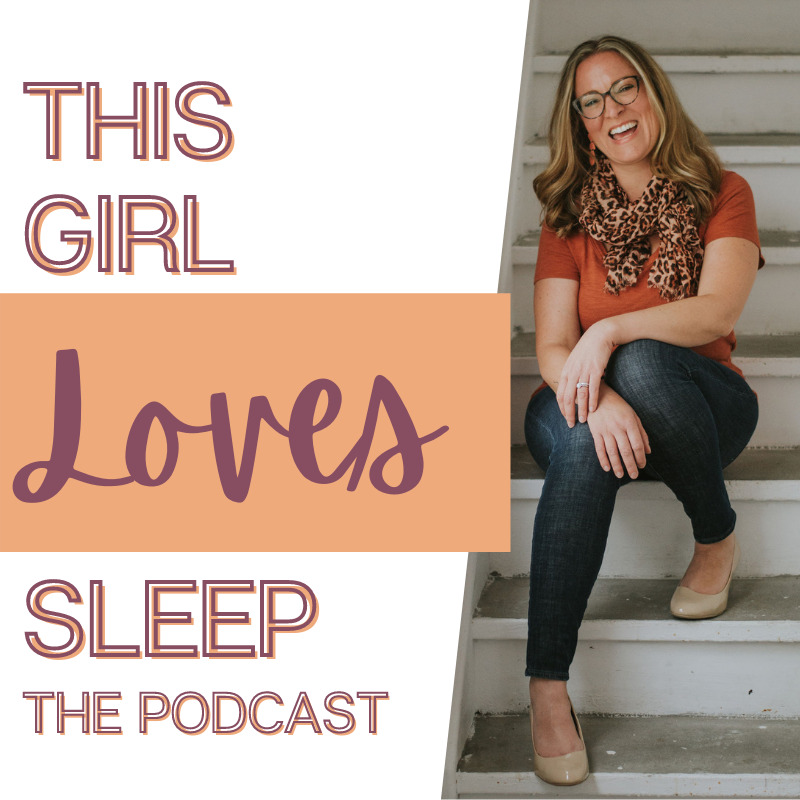One, two, three, four…I declare a nap war. Because that’s how it feels some days, right? You KNOW your little one is tired. And yet they just won’t nap. Of if they do, it’s a short nap and they wake up as an unhappy little camper who refuses to go back to sleep exactly 39 minutes after falling asleep. On. The. Dot.
What You Can Do About A Short Nap
It’s a struggle for babies and it’s a struggle for parents. How long do you go along the same path, struggling with lengthening the dreaded short nap or dealing with no nap at all, before finally waving your white flag and saying “fine, you win!”? You concede that your baby might just be a short napper, that they/you drew the short end of the nap stick and that you’re just going to have to live with it until they somehow (please, please, please let it be soon!) learn to nap for longer stretches on their own.
Sign Up For Our Newsletter
Here’s the good/bad news. Naps are inherently tough. Day sleep is a challenge for your little one because their drive to sleep is much weaker during the day as compared to night. While their bodies are receptive to day sleep (thank goodness!) and have the capacity for restorative and consolidated sleep, there are a host of factors that can make it incredibly challenging for them to pull their day sleep together. But naps can lengthen and become predictably restorative as well….really. Seriously, they can. I’m not kidding.
Is there a recipe for success? Sort of. I know that’s a bit of a muddy answer. The fact is, there are a number of things within our control that can influence healthy, extended day sleep for your little one, regardless of their age.
Location – Where is Your Child Sleeping Most Of The Time?
The environment that your baby sleeps in has the potential to negatively and/or positively influence sleep. Noise, light, inconsistency and motion all play critical roles with respect to hampering the restorative quality of your little one’s sleep. And whether day or night sleep, quality inevitably impacts quantity.
It can be tempting to celebrate a 1.5 hour long stroller nap in lieu of a “failed” 39 minute crib nap. But the question does come back to how restorative that stroller nap really was. The ideal sleeping environment is at a comfortably cool temperature, as dark as possible, with sound and visual distractions kept to a minimum. Sleep that is stationary (crib or bassinet) is ideal as it allows your little one to settle into a deeper phase, and therefore higher quality, of sleep than if it were on the go (in a stroller, car seat or swing). In this regard, quality trumps quantity the majority of the time.
When Is Daytime Sleep Being Offered?
Over the first 4 months of life, there is no pressure with respect to when your baby is sleeping. The focus is for both mama and baby to get as much rest as possible. It’s really about finding a balance between short windows of wakefulness, establishing successful feeds and strengthening the mama/baby bond. By around 18 weeks of age, your baby has reached their second major sleep milestone
which sets them up beautifully for sleep that evolves from that on-demand philosophy to one that is more scheduled.
By offering sleep at the times of day that complement their natural sleep rhythms, you can work with your little one’s biological propensity for quality sleep rather than against it.
How Patient Have You Been?
I say this incredibly respectfully. The thing is, naps take time to come together. Extending day sleep is the product of your little one coming to rely on the predictability of where sleep is happening, when it is being offered and how you respond to them as they test the independent sleep waters.
As tired parents, we spend lots of time wishing for naps to come together and sometimes overstep with respect to our expectations. We pull the chute on a short nap because we “know” that our baby won’t nap for any longer. But have we really given them the opportunity to resettle into sleep? Did you burst into the room the moment that they woke? Often times what is needed is just a bit more time. Be patient with your little one, commit to giving him some additional time when he stirs after that single sleep cycle to see if he will return to sleep on his own. I know it’s hard, but the more he has the opportunity to practice resettling, the more seamless the transition between sleep cycles becomes.
Factors That Are Outside Of Our Control
Developmental milestones such as social awareness, advances in mobility and the development of language all impact your little one’s ability to take quality, restorative naps. Why do these leaps wreck such havoc on day sleep (and I hate to say it, but yes night sleep can be impacted as well)? Instead of sleeping, your child will use this quiet time in their crib to focus on, think about and practice these new and emerging skills. While our objective for them may be sleep, their objective is otherwise – life is just too exciting to sleep! Again, this is a signal to be patient. We can’t stop these exciting milestones, nor do we want to, but we can appreciate that as these new skills blossom, sleep may take a bit of a hit.
The key here is that by being conscious of these factors, you can feel confident that you are supporting a healthy foundation for sleep. While there are no guarantees as to how your little one will respond to your best laid plans, at the very least you can be assured that you are on the right track. What you can be certain of is that your little one’s potential for quality sleep is now that much further ahead than it was yesterday.
The nap-war struggle is just that, a struggle. And I get that. Having survived many a nap battle, I know the tired and frustrated shoes that you’re struggling to stand in. With time, a solid plan, nap times that are in alignment with your baby’s natural sleep rhythm and a consistent response lengthy naps can become your little one’s new norm.
Written by Good Night Sleep Site Consultant.
Good Night Sleep Site provides free child and family sleep support through Facebook, Twitter, and Instagram. We invite you to join our sleep community as we work towards Good Night Sleep Site’s mission of a healthier rested family unit. For more sleep tips, subscribe to our newsletter and visit Good Night Sleep Site.






